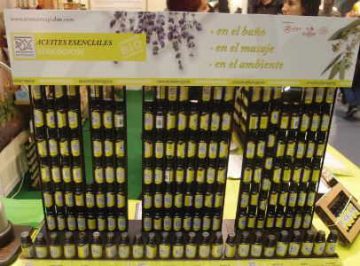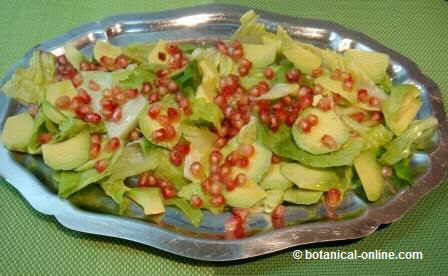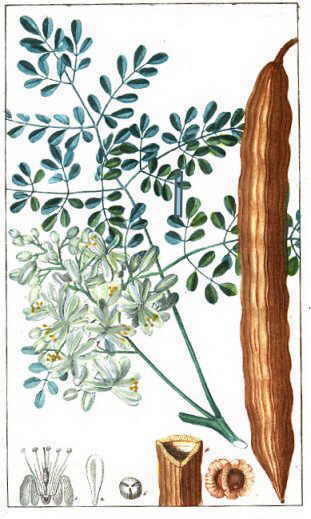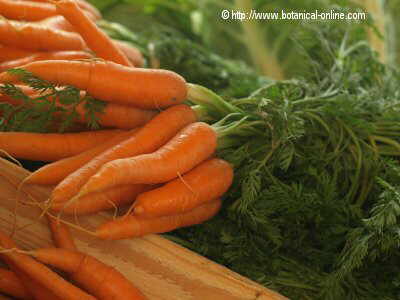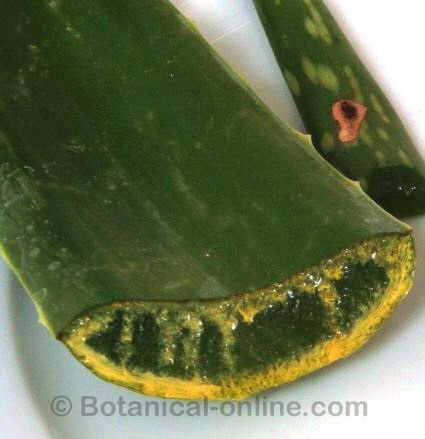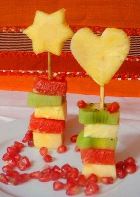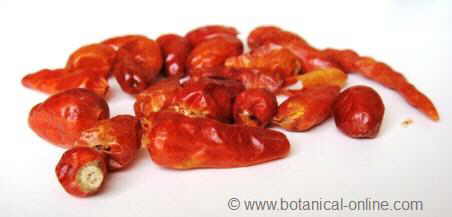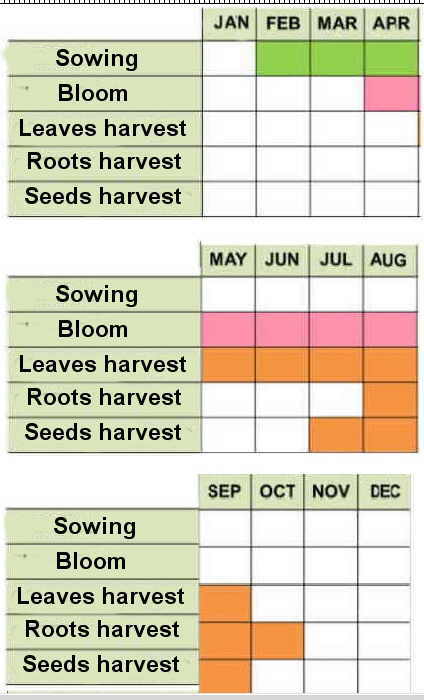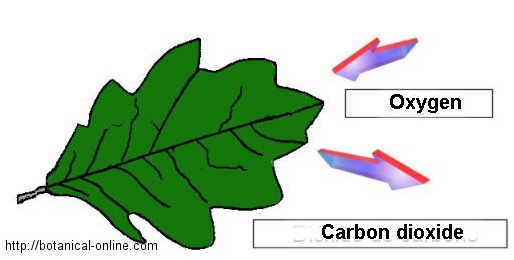Contents
- 1 Characteristics and uses of essential oils
- 1.1 What are essential oils?
- 1.2 What are pure essential oils?
- 1.3 Functions of essential oils in plants
- 1.4 Do all plants contain essential oils?
- 1.5 Is oil the same as essential oil?
- 1.6 Uses of essential oils
- 1.7 Benefits of essential oils
- 1.8 How are essential oils obtained?
- 1.9 How to use essential oils?
Characteristics and uses of essential oils
What are essential oils?
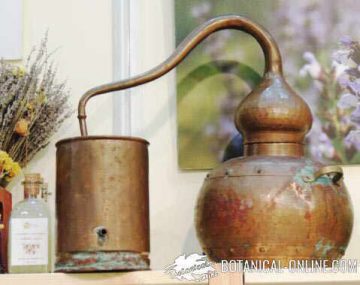
Essential oils are natural fragrances found in certain aromatic roots, woods, resins, leaves, flowers, fruits, and berries. Most of the aromatic herbs and spices that we know in the kitchen are rich in essential oils, such as rosemary, thyme, basil, mint, cloves or cinnamon.
What are pure essential oils?
Essential oils are highly volatile plant components and are commonly used for their pleasant aroma. These plant fragrances are normally extracted through distillation processes to obtain pure essential oil, which is a concentrate of these substances. They can also be called vaporized essential oils.
As essential oils are very volatile (for this reason they are so aromatic), they must be kept in opaque containers to avoid deterioration. Generally, pure essential oils come in opaque 10-20ml glass containers and are used with a dropper, as they are very powerful.
Functions of essential oils in plants
Plants produce essential oils for a triple function:

Essential oils in a herbalist. They are used with a dropper, they come in an opaque glass container and have a few milliliters. To protect yourself from organisms that could cause disease: Essential oils contain bactericidal, fungicidal or miticidal properties.
- To keep away animals that could eat them: Many ruminants find the taste of essential oils unpleasant. Many insects stay away from essential oils because they find them toxic and unpleasant.
- To attract insects that are necessary to pollinate plants: Insects are attracted mainly by sight and smell. Some plants give off certain smells that are pleasant to animals and attract them so they can pollinate them.
Do all plants contain essential oils?
Only approximately 1% of known plants contain essential oils. Essential oils are the natural fragrances of specific aromatic plants.
There are many types of essential oils. They are naturally present in certain aromatic roots, woods, resins, leaves, flowers, fruits and berries.
Is oil the same as essential oil?
It is very common to confuse essential oils and oils, but in reality they are two completely different types of preparations, and in some cases they can present dangers if used improperly.
For example, what is the difference between “rosemary oil” and “rosemary essential oil”?
* More information: Difference between “oil” and “essential oil”
Uses of essential oils
People use essential oils mainly for:
- Aromatherapy: They are used in aromatherapy to achieve the well-being and enrichment of the body and mind.
- Produce perfumes: For being able to combine with the oils of the skin to produce particular aromas in each person. * See: How to prepare homemade perfume with essential oils
- To preserve food, especially meat and fish. In this case, the essential oil of the plants is used, not the concentrated preparation. Plants rich in essential oil have antiseptic properties, which prevent microbial degradation of food, in addition to being able to provide other properties such as digestive or stimulants. This has been one of the main uses of aromatic spices.
- In the manufacture of ecological insecticides and acaricides: as substitutes for other chemicals more aggressive to the environment, essential oils and certain chemical components of plants are used from natural pesticides.
- Home remedies: Essential oils can be used to treat some health conditions, as long as there are no contraindications.
Note: Pure essential oils cannot be ingested
Benefits of essential oils
Essential oils not only act on the physical plane, but they are fragrant substances that act in a more subtle way, on the mind and emotions.
The use of essential oils has a therapeutic and curative function for the body and mind, or as a preventive treatment.
How are essential oils obtained?
Large areas of land are needed to grow essential oil producing plants, to cite one example, it takes half a ton of lavender raw material to produce one liter of essential oil.
There are different ways of extracting essential oils. These are contained in the different tissues of plants, housed in microscopic sacks or in their cells.
* More information: How essential oils are extracted
How to use essential oils?
There are many ways to use essential oils. For example, by placing a few drops in a compress and applying this on the affected area. You can also dilute a few drops in the bathroom or inhale them, etc.
* See: Main types of essential oils
![]() More information on essential oils and their properties
More information on essential oils and their properties

